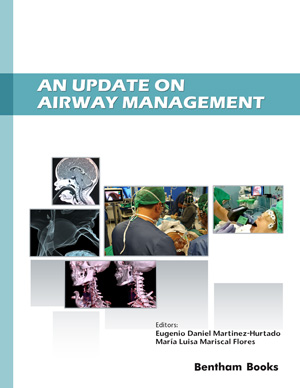Abstract
The ability to guarantee adequate and quick access to the airway in lifethreatening situations poses a challenge for clinicians who attend critically ill patients. Surgical or percutaneous techniques have an important role in stabilizing patients in such emergency scenarios. Patients who need prolonged mechanical ventilation may benefit from a tracheostomy to avoid complications related to the orotracheal tube. In these cases, tracheostomy must be achieved in the safest conditions to minimize risks for patients. As an alternative to surgical techniques, the use and indications of percutaneous management of the airway are rapidly increasing.
In this chapter, percutaneous management of the airway is described. The authors try to clarify the indications and contraindications of this approach and to answer multiple clinical questions, such as is percutaneous tracheostomy better than the surgical approach? Which percutaneous modality is the best? When is the best moment to perform percutaneous tracheostomy in a critically ill patient? Is there any way to reduce complications related to percutaneous techniques?Keywords: Blue Rhino, Blue dolphin, Cricothyrotomy, Ciaglia, Critical Care, Emergent airway management, Fantoni, Griggs, Intensive Care Unit, Mechanical ventilation, Prolonged ventilation, Percutaneous airway management, Percutaneous tracheostomy, Percutwist, Surgical tracheostomy, Weaning.






















